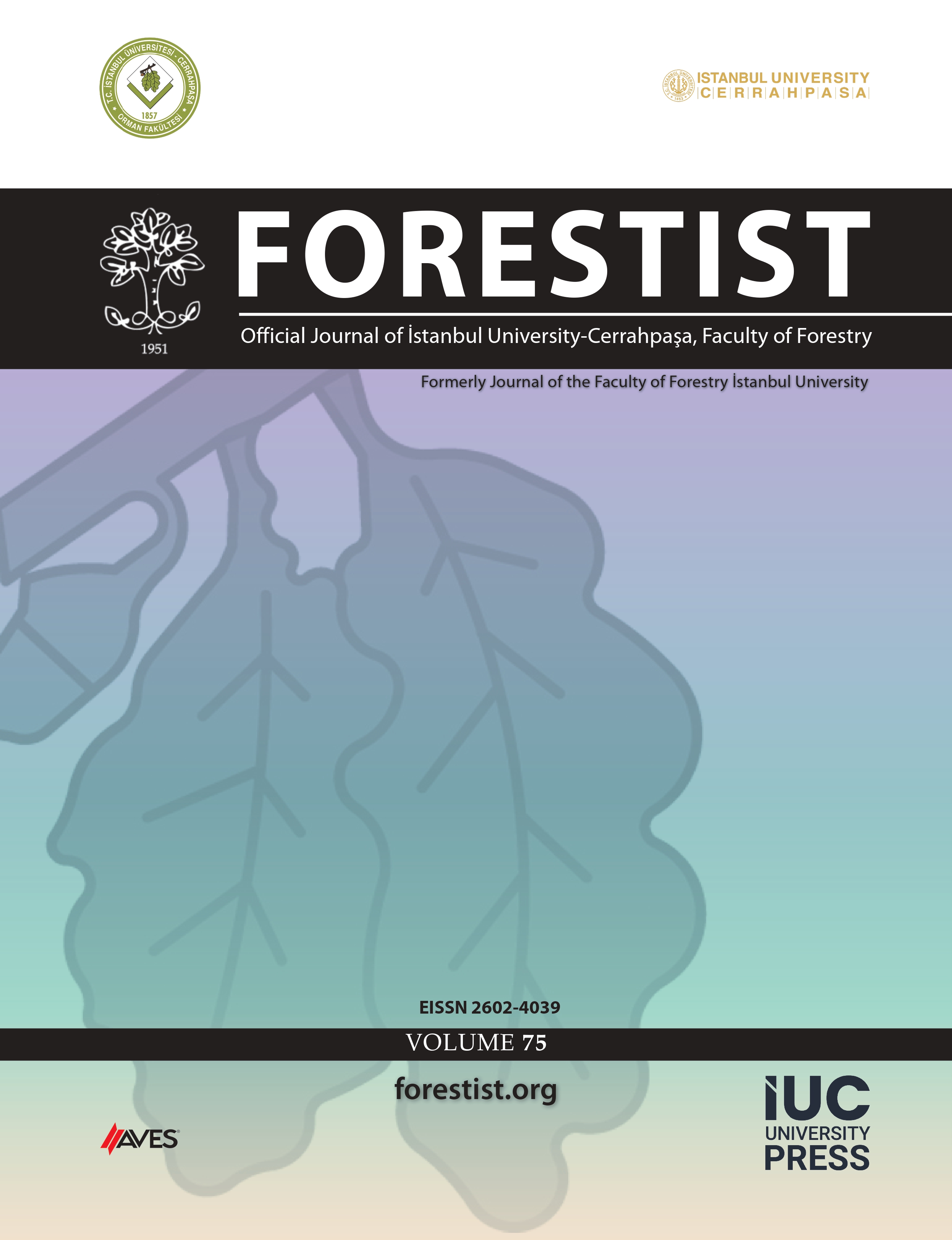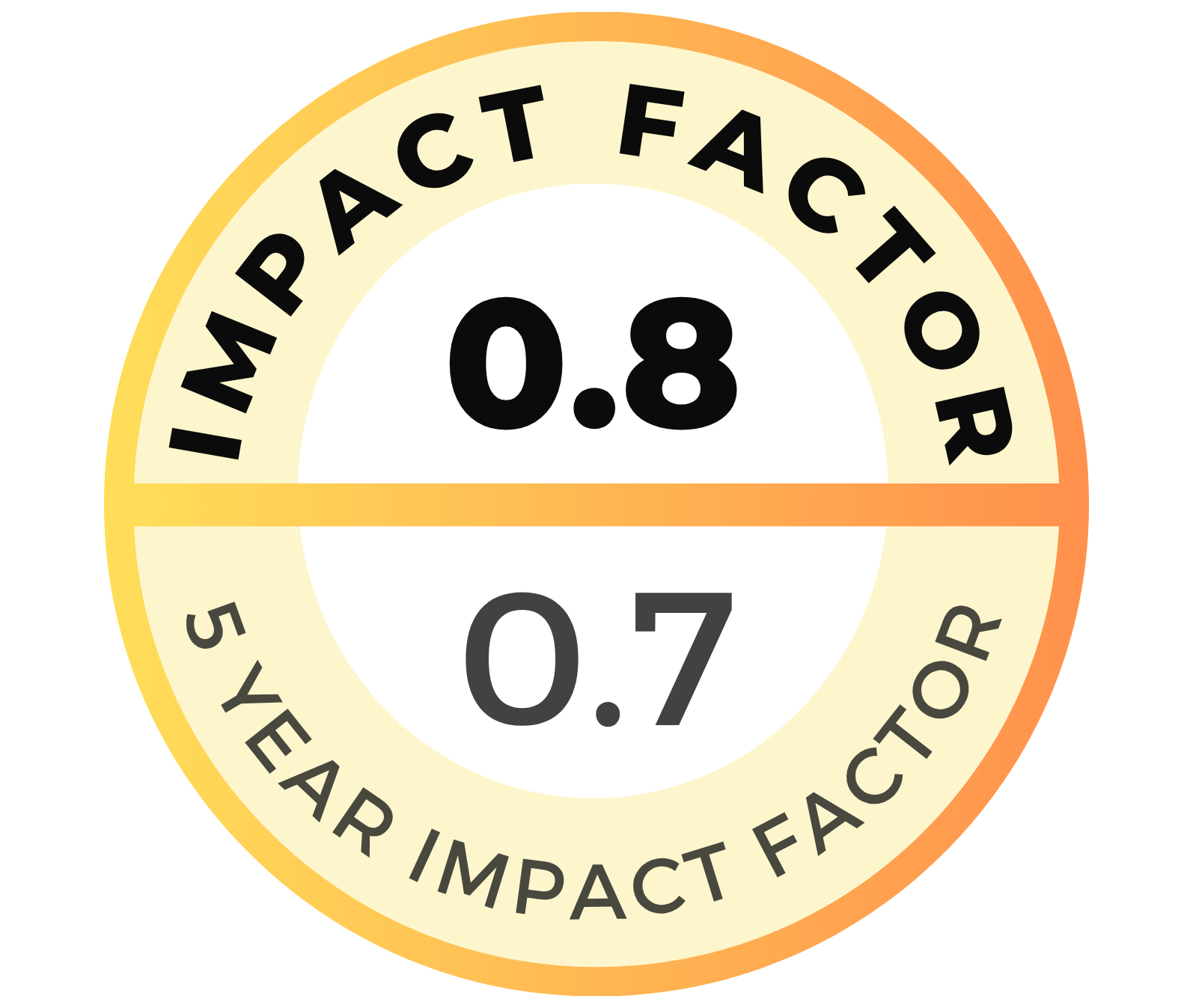The paper presents the variability data of the trunk diameter, wood basic density, and moisture content (MC) in 262 ramets of 16 clones of Scots pine trees (Pinus sylvestris L.) in the field archive formed at the Sernur Forest Division (Mari El Republic, Russian Federation) in 1994. For each ramet, we measured the trunk diameter and the wood drilling resistance (DR) using an IML-RESI PowerDrill 400, as well as took cylindrical cores for determination of the basic density and MC of the wood. It was found that clones mostly inherited the physical properties of wood, especially MC, but not the abilities of a ramet for growth rate in the trunk diameter. The wood density, significantly varying between 291 and 446 kg·m−3 did not practically depend on the ramet trunk diameter but was closely and inversely related to the wood MC, varying between 66 and 198%. It was concluded that clone No.156 was the most promising for further reproduction as it had the best growth rate and a high wood density. This clone had an outstanding phenotypic characteristic, which was the presence of old opened cones that remained even on the dead branches. The ortet of this clone grew in the wet subor of the bilberry pine forest (Pinetum myrtillosum). We proposed a comprehensive indicator for selection of the most promising trees for further reproduction; this indicator combines a growth rate and wood density, while the latter can be predicted by the results of wood DR, with a high predictive power (R2 = 0.81).
Cite this article as: Demakov, Y., Sharapov, E.,Sheikina, O., & Korolev, A. (2025). Selection of Scots pine (Pinus sylvestris L.) genotypes by their growth rate and wood physical properties. Forestist, 75, 0067, doi: 10.5152/ forestist.2025.24067.




.png)
